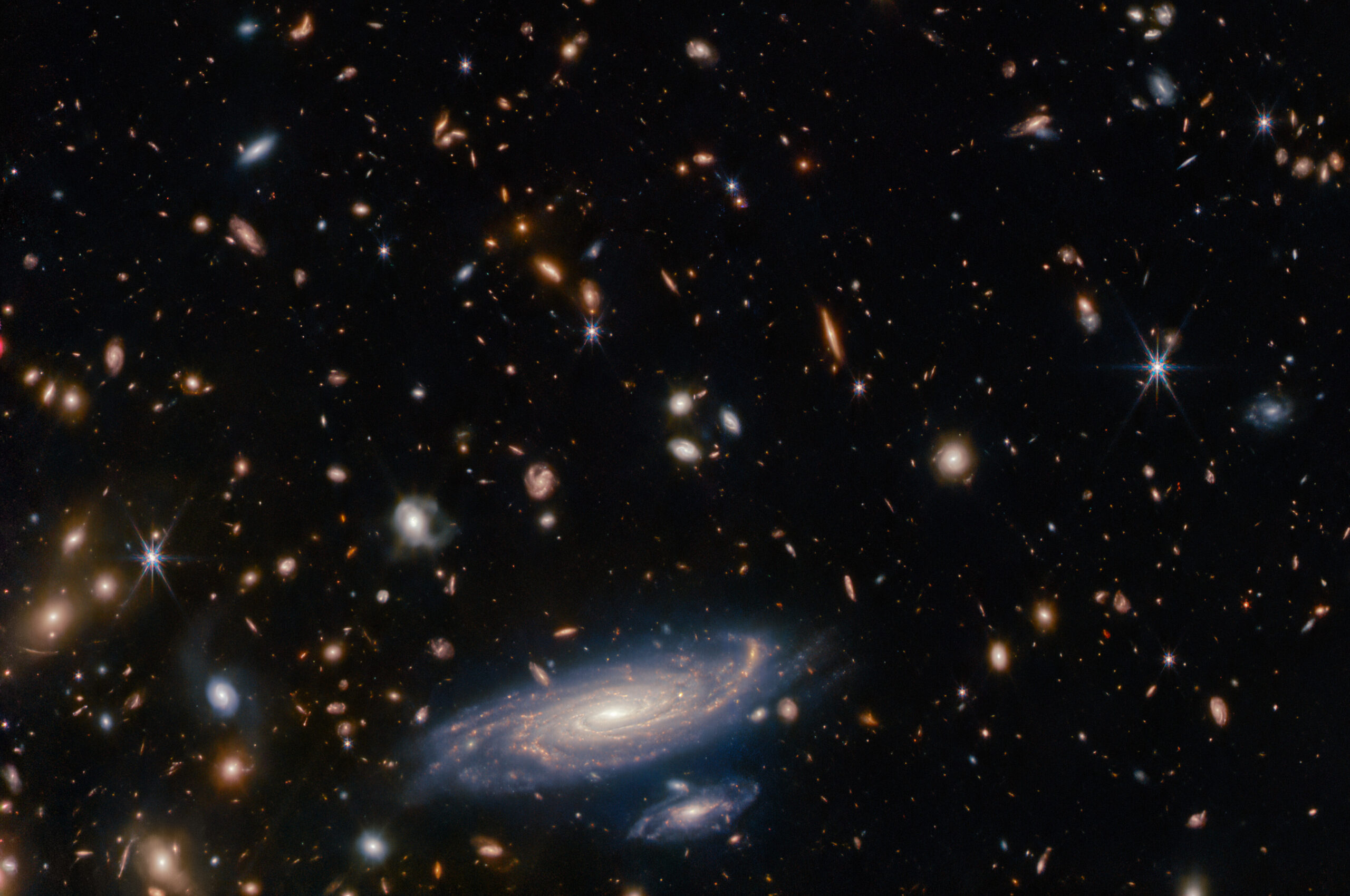Mars Express – MEX for short – launched in 2003 was the first ESA mission to explore a planet. It was followed by Venus Express (VEX) launched in 2005. The Express missions and the Rosetta mission to comet Churyumov-Gerasimenko launched in 2004 use the same space craft bus. After some early problems including the loss of the Beagle II lander, MEX has been orbiting and exploring Mars for almost two decades. The mission is intended to be extended until end of 2022.
MEX is equipped with instruments from Germany, France, Italy and Sweden. The High Resolution Stereo Camera HRSC maps the three-dimensional geomorphology of the surface and provides geological context for mineralogical spectrometer observations and subsurface structure sounding by radar. In addition, the atmospheric circulation, and the interaction of the atmosphere with the interplanetary medium are observed by specific instruments. The HRSC still is the only stereo camera on orbit around Mars. Together with data from the Mars Observer Laser Altimeter it allowed a topographical mapping of the surface with unprecedented accuracy and resolution, and is still used not only for Mars geology work but for lander and rover mission planning. Among the many achievements of the mission are the detection of water ice at its poles with a possible water layer at depth underneath the south pole, the water related mineralogical evolution of the Martian surface from volcanic rocks weathered to phyllosilicates followed by sulfate rich deposits, ancient water surface and subsurface circulation and precipitation rates over time, methane in the atmosphere, a new Martian stratigraphy and a detailed dating through crater statistics of surface units. Mars Express has in many aspects revolutionized our understanding of the planet and has motivated follow-up missions such as ESA’s Trace Gas Orbiter.
Prof. Ralf Jaumann is a professor at the Free University of Berlin and has served until 2019 as deputy director of the DLR Institute of Planetary Research. He is principal investigator of the HRSC on the mission.Ralf Jaumann is a highly cited expert in Mars and lunar science. In addition to his work for MEX, he has built and scientifically used cameras for DAWN and Mascot on Hayabusa2. He has been a Co-I or science team member on Cassini, Rosetta, Venus Express, and InSight.
This Seminar was recorded on August 20, 2020
